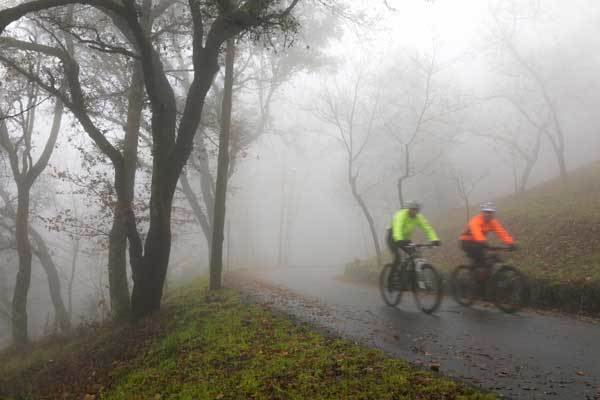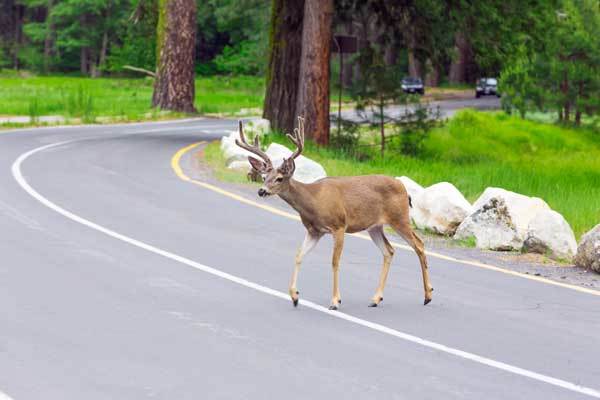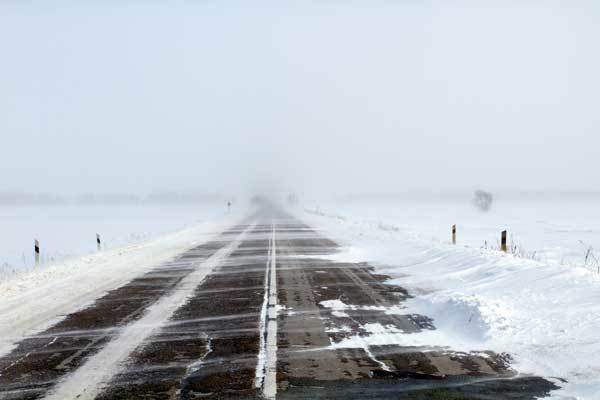Guide to Deal Common Hazards During Bike to Work
Your daily bike commute can be a relaxing way to start and end the day, but hazards on the road can appear unexpectedly to throw a wrench in your ride.
While having good bike position on the road and being courteous to drivers and other cyclists can limit the number of problems you are likely to run into, some road hazards are unavoidable.
When that happens, knowing how to handle yourself and your bike can make all the difference in navigating around them safely so you can get back to enjoying your ride.
Here is your ideal bike picking guide: www.rydoze.com/commuter-bikes
In this article, we’ll cover ten common road hazards and explain how you can safely deal with them.
Tire Punctures
Although not a true road hazard, tire punctures present a danger to your ride all the same because they can leave your punctured tire without traction and your bike wobbling.

The best way to minimize the risk of a flat is to inflate your tires to the proper pressure – check the manufacturer’s recommendation on the side of the tire.
When riding on wet roads or gravel, take about 10-15 psi off the maximum pressure.
In addition, consider purchasing puncture-resistant road tires like the Gatorskin tire from Continental.
Railroad Tracks
Railroad tracks are the bane of many cyclists’ rides – no matter how benign they look, it is shockingly easy to catch your wheel in the tracks and be yanked to the ground.

Whenever possible, cross railroad tracks at a 90-degree angle to the tracks – even if this means (safely) riding out into the lane to make a turning approach at them.
More experienced cyclists can attempt the double hop, slowing to a crawl and then using your body to lift each of your wheels over the tracks, one track at a time.
Pro Tip:
When in doubt, as around tracks surrounded by disfigured pavement, dismount and walk your bike over the tracks.
Gravel
Gravel hazards come in two forms – gravel sections of road that you need to ride over and loose gravel that has been swept onto the shoulder of the road.
When moving over gravel sections of road, it is best to continue pedaling rather than try to coast.

However, too much speed can make you slide out, so pedal at a slow and steady pace in a higher gear than normal.
Gravel on the shoulder can be especially dangerous if you are turning through a curve since it can slide out and take your bike with it.
If possible, move into the full lane ahead of the curve, OR, if this is not possible in traffic, slow your speed considerably.
However, try to stay off the brakes when riding on gravel since this increases the chances of sliding out.
Wet Roads
Rain is unavoidable when bike commuting, but wet roads can drastically affect how much traction your wheels provide against the road and thus your braking capability.
The first few minutes of rain, when oil from cars is slicked but not yet washed off the roads, is considered the most dangerous.

Whenever it is raining, plan to lean more heavily on your rear brake than your front since it is easier to recover from a sliding rear tire.
Also be sure to leave more room for braking than on dry roads and approach turns slowly since you’ll be more likely to slide out.
Potholes
Potholes can range from small divots to yawning craters, and their danger to you and your bike increases exponentially with their diameter.
It’s surprisingly easy to steer yourself around small potholes with some quick maneuvering, but this requires staying aware of the road ahead of you and riding with a sufficiently bright front headlight at night.

Larger potholes can be harder to avoid without swerving into traffic, so slow down if you see one approaching and try to take the full lane briefly.
If it’s too late to avoid a large pothole, your last best chance at avoidance is to pull up on the handlebars and pedals simultaneously to try to jump over it.
Parallel Cracks
One or more cracks in the road that extends in the same direction you’re riding can be extremely hazardous since they can easily catch your wheel, either shredding your tire or yanking you sideways with the next bump in the crack.

The best way to deal with these cracks is to avoid them entirely by taking the full lane.
If you do find your front wheel caught in the crack, pull up immediately on the handlebars to try to jump out of it.
Cobbled Roads
If your commute involves riding over cobbled or brick roads, be prepared for a bumpy ride.
However, you can save your butt and spine by pedaling in a higher gear than normal, which pushes your butt slightly above the seat.

The other trick to navigating cobblestones and bricks is to avoid getting stuck in cracks – hold the handlebars loosely rather than gripping them tightly and allow the bike to find its own path of least resistance over the road.
Angry Drivers
Unfortunately, almost every cyclist has one or more stories of an encounter with a road-raged driver.
Although these encounters can be extremely scary, there are ways to mitigate them. Following the rules of the road will help keep the majority of drivers happy with you when cycling.
When that’s not enough, diffuse the situation with a gentle wave rather than giving a middle finger.

If a driver stops next to you or gets out of their vehicle, do whatever it takes to ride away from them – including pulling a quick U-turn or hopping up onto the sidewalk.
Wildlife
Wildlife crossing the road is an unusual hazard for cyclists, but a dangerous one nevertheless.

Small critters like squirrels may not pose an immediate threat to you, but running over them at high speed can cause a serious bump that can throw you from the bike.
Colliding with larger animals like deer can be similar to crashing into a car in many ways.
Pro Tip:
Also be sure to keep an eye out for road kill on the road, which can be slick and bumpy. Thankfully, these should be easy to avoid if you have your eyes on the road ahead.
Slick Spots
The slickest spots on the road are typically anything other than the road surface itself, such as the painted shoulder lines, wet metal surfaces like utility hole covers, and sewer grates.
All of these surfaces are especially dangerous when it is raining, and your tires are already suffering from poor traction.

Also watch out for oil slicks, gravel, and wet leaves that can get under your tires.
For any of these objects, the safest thing to do is avoid them entirely or, if you are forced to ride over them, to ride straight t over them without turning or braking.
For better or worse, the road between your home and work likely isn’t immaculate pavement free of hazards.
Thankfully, with some knowledge and practice, it is easy to avoid or deal with most of the hazards you are likely to encounter during your daily bike commute.

